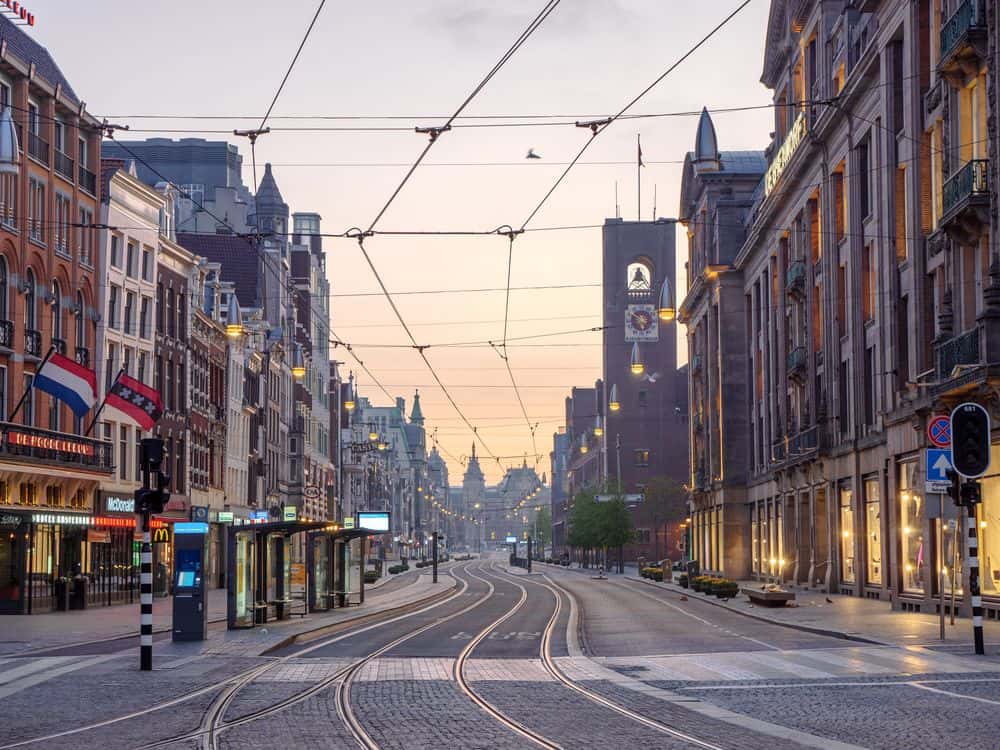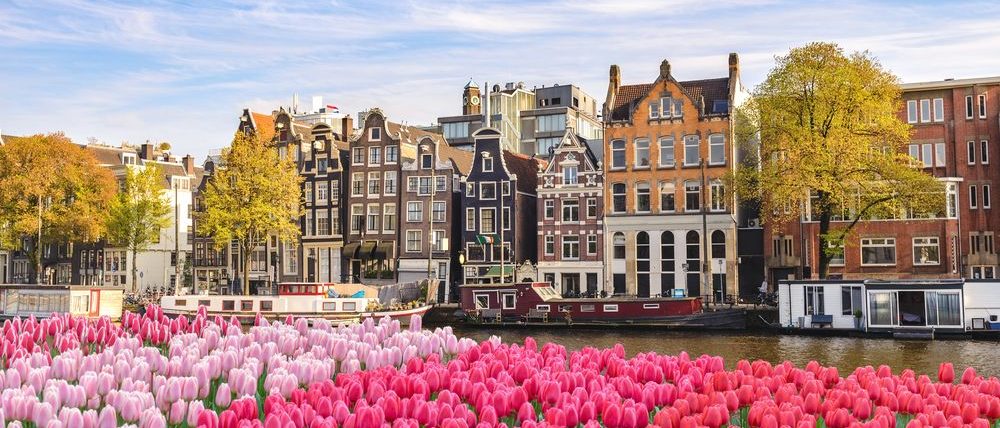
The history of Amsterdam
Discover the rich history of Amsterdam, from its origins to the present. This article provides an overview of key events and milestones in the history of the Dutch city, including its medieval origins, the Golden Age, important historic buildings, and modern developments.
The origins of Amsterdam
Amsterdam has a long Dutch history dating back to the 12th century. Although there are traces of human habitation in the region of Amsterdam that are even older, it is generally believed that the official founding of the city took place around the year 1275.
The origins of (municipal) Amsterdam are linked to the creation of the dam across the Amstel River. This dam was built to regulate the water level of the Amstel River and served as a hub for trading activities in the region.
Over time, the settlement around the dam grew and developed into an important trading post. Amsterdam obtained city rights in 1300, officially recognizing it as a city and giving it more autonomy in governance.
The Eighty Years’ War was a battle that began in 1568 and ended in 1648. The war was against a world power, The Spanish Empire led by Spanish King Philip II.
During the Middle Ages and the Golden Age, between the sixteenth and seventeenth centuries, Amsterdam flourished as a prosperous trading city. Thanks to its strategic location on the Amstel River and the IJ River, and later the construction of the ring of canals, Amsterdam became a major trading hub in Europe. The ring of canals, constructed between 1613 and 1662, is now a UNESCO World Heritage Site and contributes to the city’s unique character.

Where does the name ‘Amsterdam’ come from?
The name Amsterdam comes from the dam built across the Amstel River in the 13th century. Amsterdam also used to be called “Amstelredamme,” referring to the dam across the Amstel River.
The original settlement was founded around the year 1275 and got its name from the combination of “Amstel” (the river where the city originated) and “dam” (the structure built to regulate the Amstel). In ancient writings, Amsterdam was also called “Amstelredamme,” which was the Latin name for the settlement near the dam across the Amstel. Over time, the name was simplified to “Amsterdam.”
What’s Amsterdam famous for?
Amsterdam is known for its diverse cultural, historical and modern features. Some notable aspects for which the city is famous are:
- Grachtengordel: Amsterdam’s unique and atmospheric canals are a UNESCO World Heritage Site. These well-preserved canals and historic buildings are iconic to the city and offer a picturesque setting to explore.
- Red Light District: The Red Light District is world famous and attracts visitors from all over the world. Here are the characteristic red-lit windows where prostitutes offer their services. The area has a rich history and is considered a unique aspect of Amsterdam’s culture.
- Coffeeshops: Amsterdam is known for its liberal approach to soft drugs, allowing the sale of cannabis in dedicated coffee shops. This has given the city a reputation as a tolerant and progressive center for drug tourism.
- Tolerant city: Amsterdam is considered a very tolerant city, with an open and inclusive attitude toward different cultures, beliefs and lifestyles. The city’s diversity is reflected in its multicultural population and the numerous events and festivals that take place throughout the year.
- Museums and art: Amsterdam is home to an impressive collection of museums and art galleries. The Rijksmuseum, Van Gogh Museum and the Stedelijk Museum are some of the famous institutions that display a rich collection of art and history.
- Bicycle culture: Amsterdam is known as one of the most bicycle-friendly cities in the world. Cycling is a popular mode of transportation for both residents and visitors, and the city offers extensive bike paths and bike rental services.
When did Amsterdam become the capital of the Netherlands?
Amsterdam became the capital of the Netherlands in the 19th century, in 1814 to be exact.
After French rule and the fall of Napoleon in 1813, the Netherlands once again became an independent kingdom. Prince William Frederick of Orange-Nassau, the son of the last stadholder William V, was proclaimed King William I of the Netherlands. He settled in Amsterdam as the new capital of the kingdom.
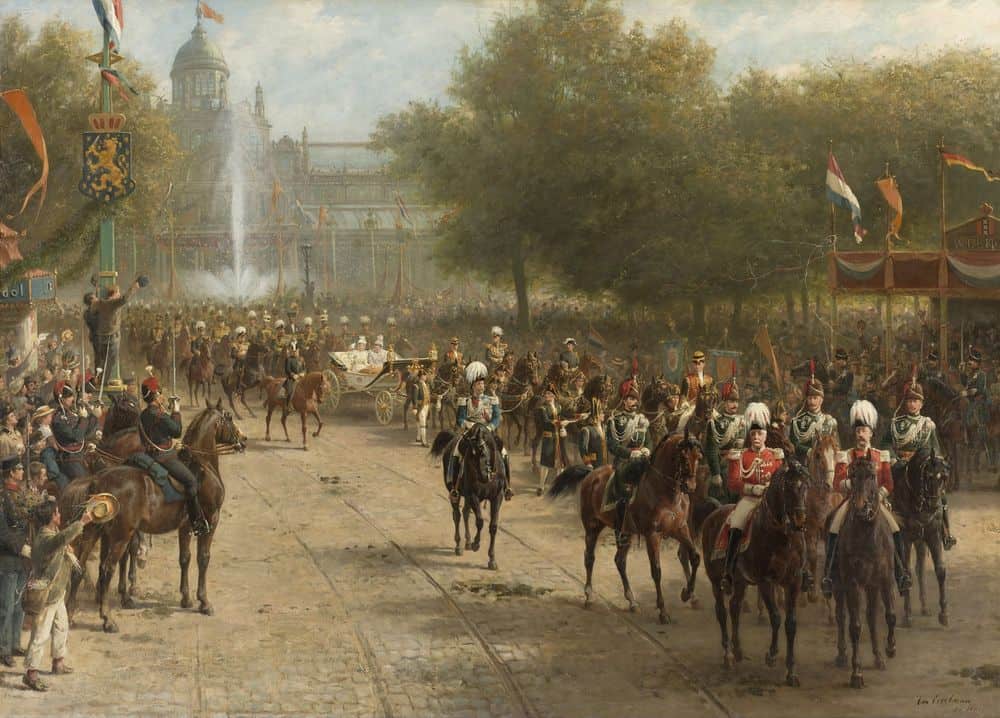
Why is Amsterdam the capital of the Netherlands?
Amsterdam is the capital of the Netherlands because historically it was an important trading center and was conveniently located for maritime activities.
The city of Amsterdam emerged in the 13th century around a dam across the Amstel River. Because of its strategic location at the mouth of the Amstel and the IJ, Amsterdam grew into a powerful trading city during the Golden Age (seventeenth century). The city played a crucial role in international trade and shipping, making it an important center economically and politically.
During the establishment of the Kingdom of the Netherlands in 1814, Amsterdam was chosen as the capital because of its pre-existing economic and cultural significance.
How was Amsterdam’s ring of canals formed?
Amsterdam’s ring of canals originated in the seventeenth century as an urban expansion project built to accommodate the city’s rapidly growing population and commercial activities.

How many canals does Amsterdam have?
Amsterdam has more than 100 kilometers of canals.
The city of Amsterdam is known for its extensive canal system that runs throughout the city. The canals are an important part of Amsterdam’s unique urban structure and contribute to the charm and beauty of the city. In addition to the famous four main canals – the Herengracht, Keizersgracht, Prinsengracht and Singel – there are numerous other canals, such as the Brouwersgracht, Leliegracht, and Reguliersgracht, all of which contribute to Amsterdam’s picturesque and lively atmosphere.
What is the oldest canal in Amsterdam?
Amsterdam’s oldest canal is the Singel. The Singel is a historic canal that originally marked the city limits of Amsterdam in the Middle Ages. It was dug around the year 1428 and formed a protective waterway around the city. Today, the bridge called “Torensluis” crosses the Singel, and it is one of the oldest bridges in Amsterdam. Now part of Amsterdam’s famous ring of canals, the Singel still retains its original charm.
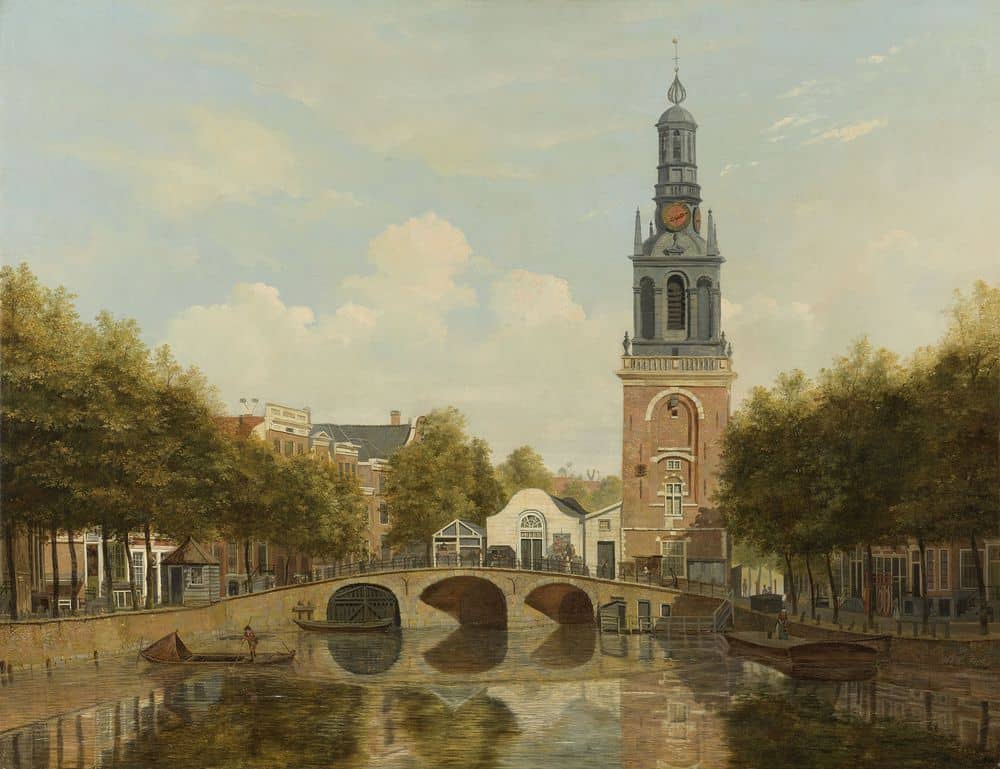
The origins of the Amstel river
Over the centuries, the river has played an important role in the development of Amsterdam as a commercial city. The name “Amstel” is derived from the Old Dutch word “am,” meaning “water,” and “stelle,” meaning “place” or “bank.” So the Amstel was simply a place with water around which the city of Amsterdam later developed.
The growth of the population
Over the centuries, the river has played an important role in the development of Amsterdam as a commercial city. The name “Amstel” is derived from the Old Dutch word “am,” meaning “water,” and “stelle,” meaning “place” or “bank.” So the Amstel was simply a place with water around which the city of Amsterdam later developed.
How is the population named?
The inhabitants of Amsterdam are called “Amsterdammers.” This is a common demoniem or designation for Amsterdam’s population or region.
Development of architecture in Amsterdam
Amsterdam’s architecture has evolved over the centuries, with different architectural styles and influences complementing each other. From medieval structures to the classic canal houses of the Golden Age to the modern architecture of the 21st century, Amsterdam displays remarkable diversity in its buildings, reflecting the city’s rich heritage.
History of the economy in Amsterdam
Amsterdam’s economy has always relied heavily on trade and shipping, making the city a global economic center during the Golden Age. The establishment of the United East India Company (VOC) in the 17th century strengthened Amsterdam’s position as a major port city and stimulated the city’s economic growth as an international trading power. Although Amsterdam’s economy has changed over the centuries, trade and finance remain an essential part of the city’s modern economy. Central to this is Amsterdam’s port.
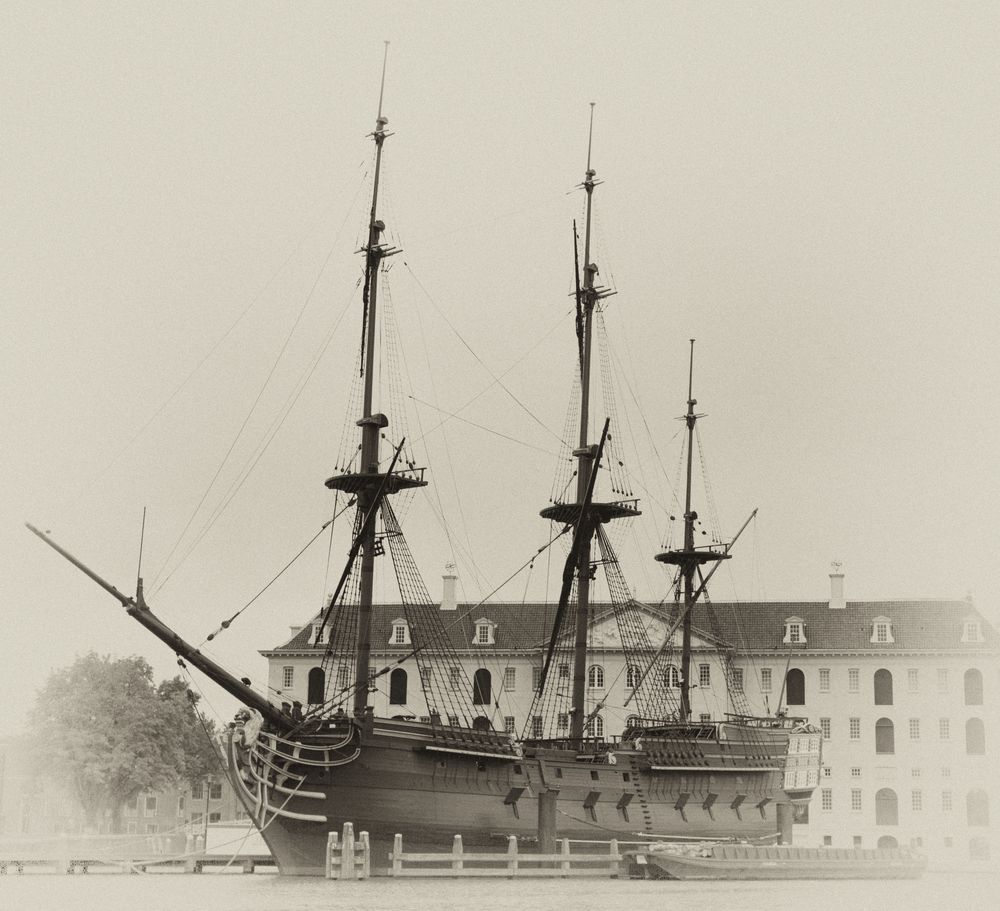
How and when did neighborhoods emerge?
Amsterdam’s neighborhoods were created by a gradual expansion and development of the city over the centuries. Amsterdam’s original core was formed around the dam across the Amstel River in the 13th century. As the city grew, neighborhoods were added, often based on urban expansion plans and economic needs.
The total area of Amsterdam is about 219 square kilometers. Within the Ring Amsterdam, which surrounds the inner city, the area is about 8.1 square kilometers.
Amsterdam borders several surrounding villages and cities, including Diemen, Amstelveen, Ouder-Amstel, Landsmeer and Waterland.
Some of the most new neighborhoods in Amsterdam include IJburg and Houthavens. IJburg is an artificial island in the IJmeer and has been under development since the 2000s. Houthavens, located on the IJ, is a former industrial area that has been transformed into a modern living and working space. These neighborhoods were developed in response to Amsterdam’s rising population and need for new urban spaces.
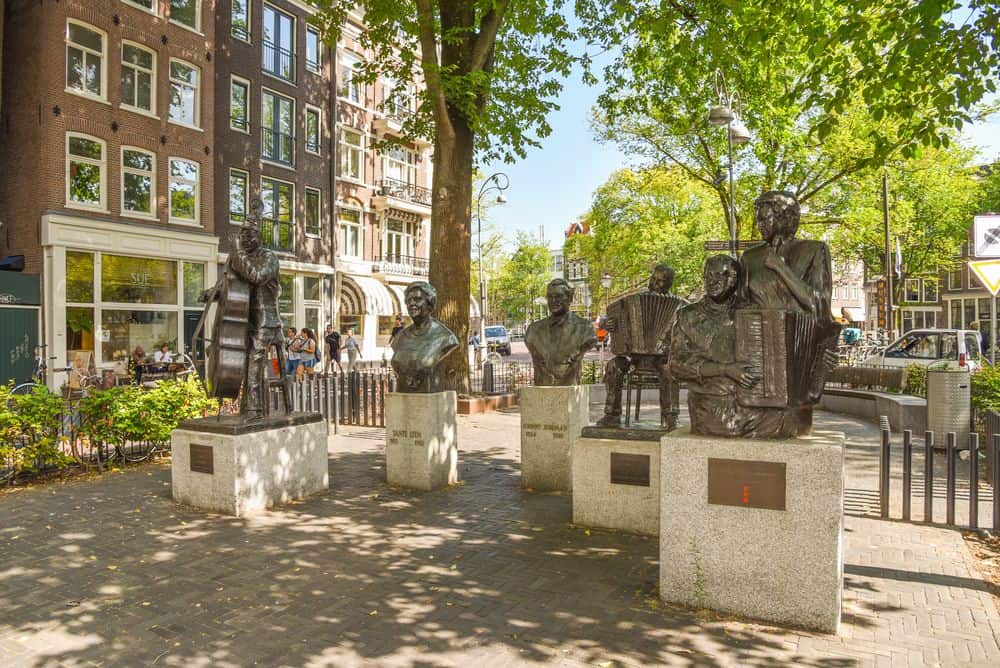
What is the oldest neighborhood?
Amsterdam’s oldest neighborhood is the Medieval Inner City, also known as the historic center. This district is the original heart of Amsterdam and was created around the dam across the Amstel River in the 13th century. The Binnenstad includes iconic areas such as the Red Light District, the Jordaan, the Nieuwmarkt and the Grachtengordel, some of which date back to the Golden Age. Known for its atmospheric canals, historic buildings and charming streets, the Medieval Inner City is one of the most popular and historically valuable parts of Amsterdam.
How and when did all the roads in and around Amsterdam originate?
The origin of all roads in and around Amsterdam is a gradual process that developed over centuries. The oldest roads in downtown Amsterdam originated in the Middle Ages and were originally narrow paths used by pedestrians and horse and cart. As the city grew, these paths were paved and widened to accommodate the increasing traffic.
In the nineteenth and twentieth centuries, new roads were built and existing roads were modernized to support the growing needs of an ever-expanding city. The advent of the automobile led to further expansion and development of the road network in and around Amsterdam.
Which road is the oldest?
The most prominent and oldest road in Amsterdam is the Damrak. This street runs from Central Station to Dam Square and follows the route of the dam once built over the Amstel River, which is the origin of the name “Amsterdam.” The Damrak was an important trade route and served as an access road to the city.
What is the history of traffic in Amsterdam?
Amsterdam has a long history of various forms of transportation. In the early days, canals were the main waterways for goods and people, but with the rise of the industrial revolution, roads and bridges also came into being. The advent of streetcars and later the expansion of public transportation further shaped the city’s traffic and adapted it to modern times.
Historical sights of Amsterdam
Amsterdam is steeped in history and offers a wealth of historical attractions. Visit De Dam, Explore famous museums, wander the charming Nine Streets, admire the stunning views along the historic Amstel River and don’t miss Central Station. Discover more about Amsterdam’s history and attractions Amsterdam.
The Dam
Dam Square is the bustling heart of Amsterdam and an important historical site. The square is surrounded by impressive buildings such as the Nieuwe Kerk, including the imposing Royal Palace and the National Monument. It is a lively meeting place with numerous events and street performers.
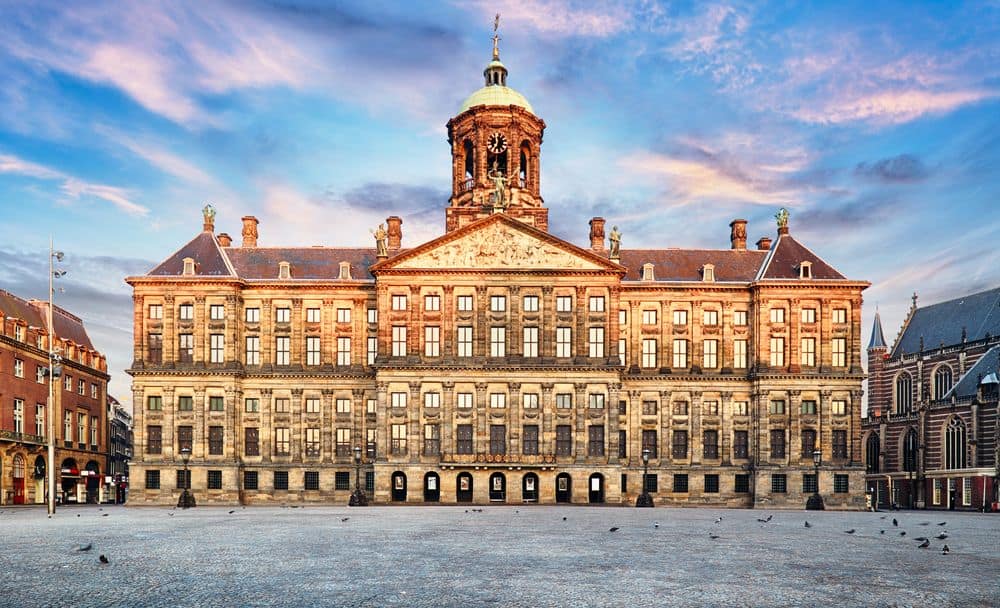
Famous musea
Amsterdam is known for its famous museums. The Rijksmuseum houses an extensive collection of art and history, including masterpieces by Rembrandt and Vermeer. The Van Gogh Museum offers an impressive collection of the legendary artist Vincent van Gogh. The Anne Frank House offers a moving look into the life of the Jewish girl during World War II.
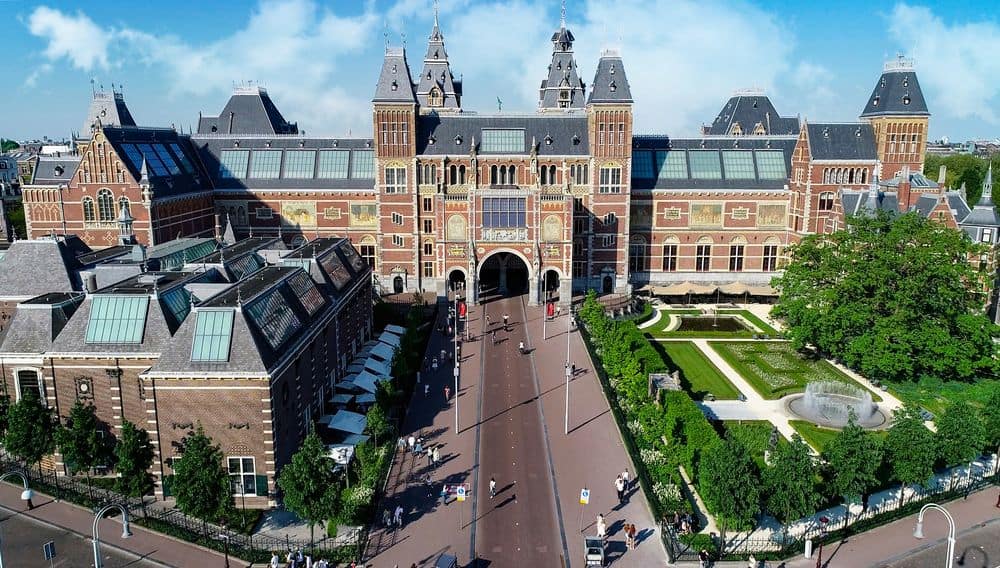
The Amstel river
The scenic Amstel River meanders through Amsterdam, offering beautiful views of historic buildings and bridges. Along the river you can walk, bike or enjoy a relaxing boat ride to admire the city from the water.
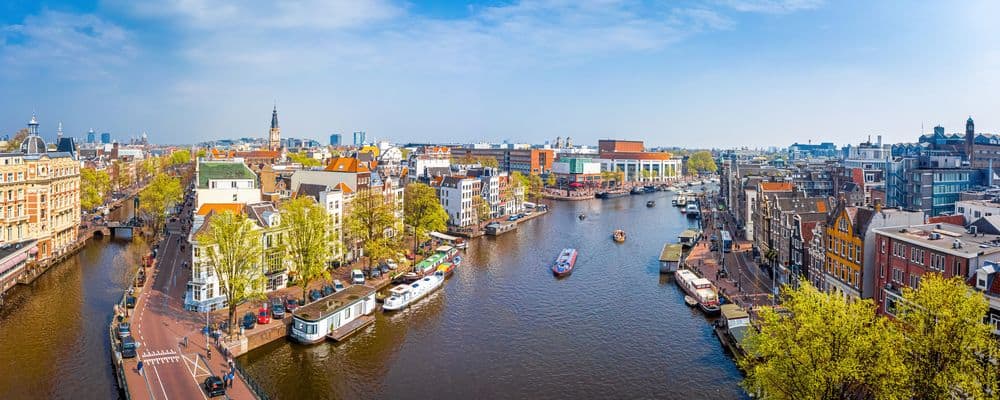
The Nine streets
The Nine Streets is a picturesque shopping area in the center of Amsterdam. It is known for its charming canal houses and unique boutiques, vintage stores, cozy cafes and restaurants. It is a great place to store and enjoy the atmosphere of the city.
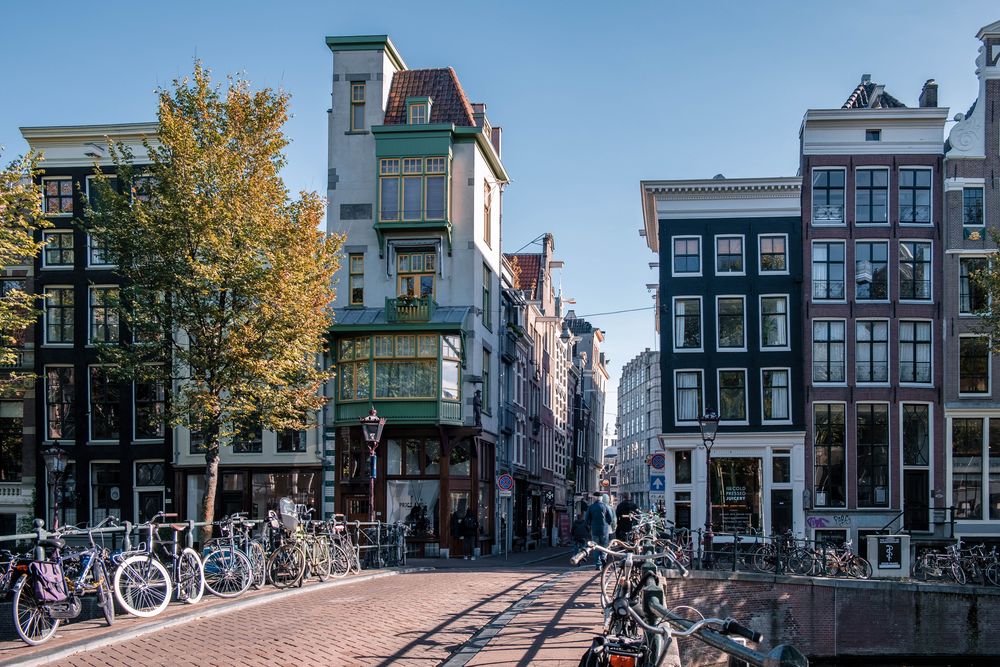
Central station
Central Station is not only Amsterdam’s main train station, but also an architectural masterpiece. The magnificent building has a unique neo-Renaissance style and is a symbol of the city. It is a busy hub where trains, streetcars, buses and ferries converge and is the perfect starting point to explore Amsterdam.

Want to discover the history of Amsterdam?
If you’re looking for what to do in Amsterdam and want to discover the city’s history, there are plenty of exciting activities and attractions to explore during a day in Amsterdam or a weekend in Amsterdam.


